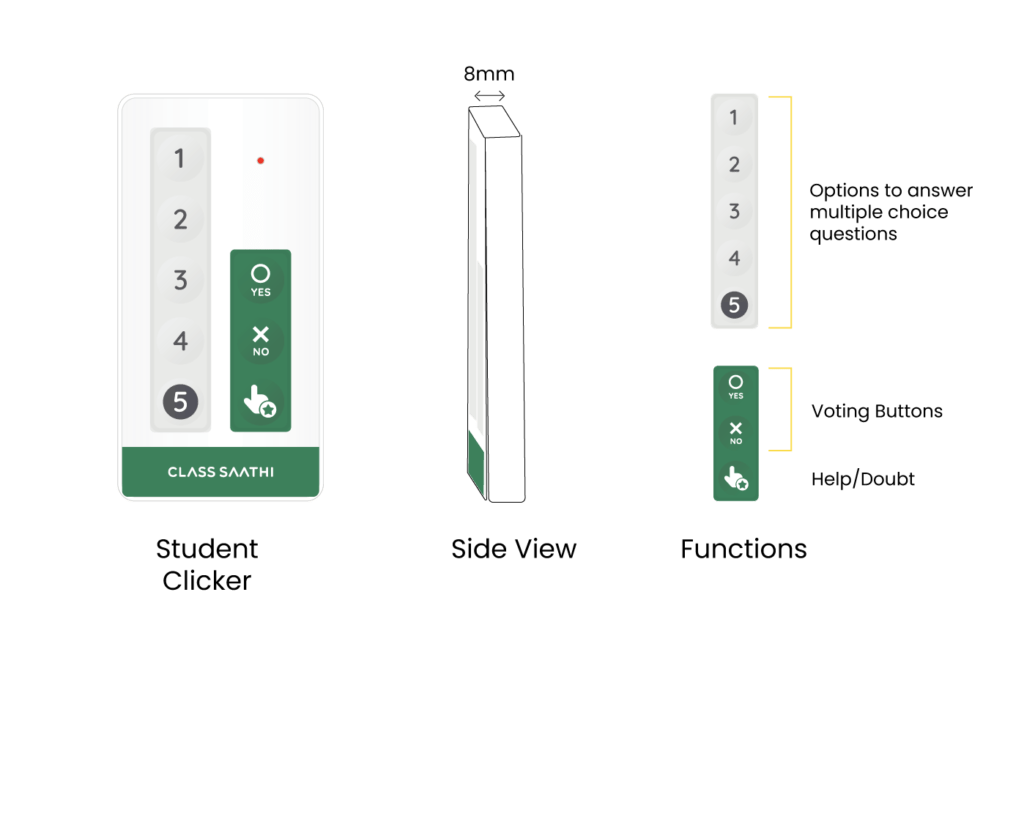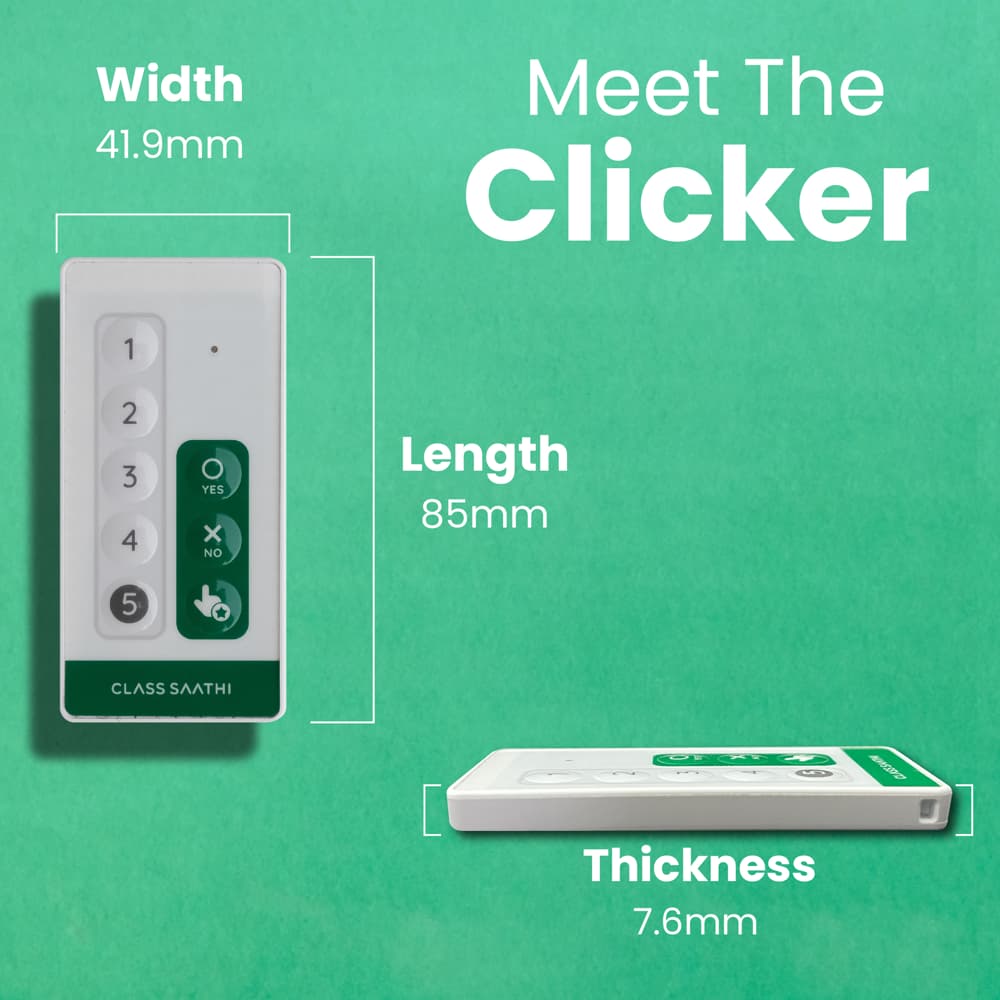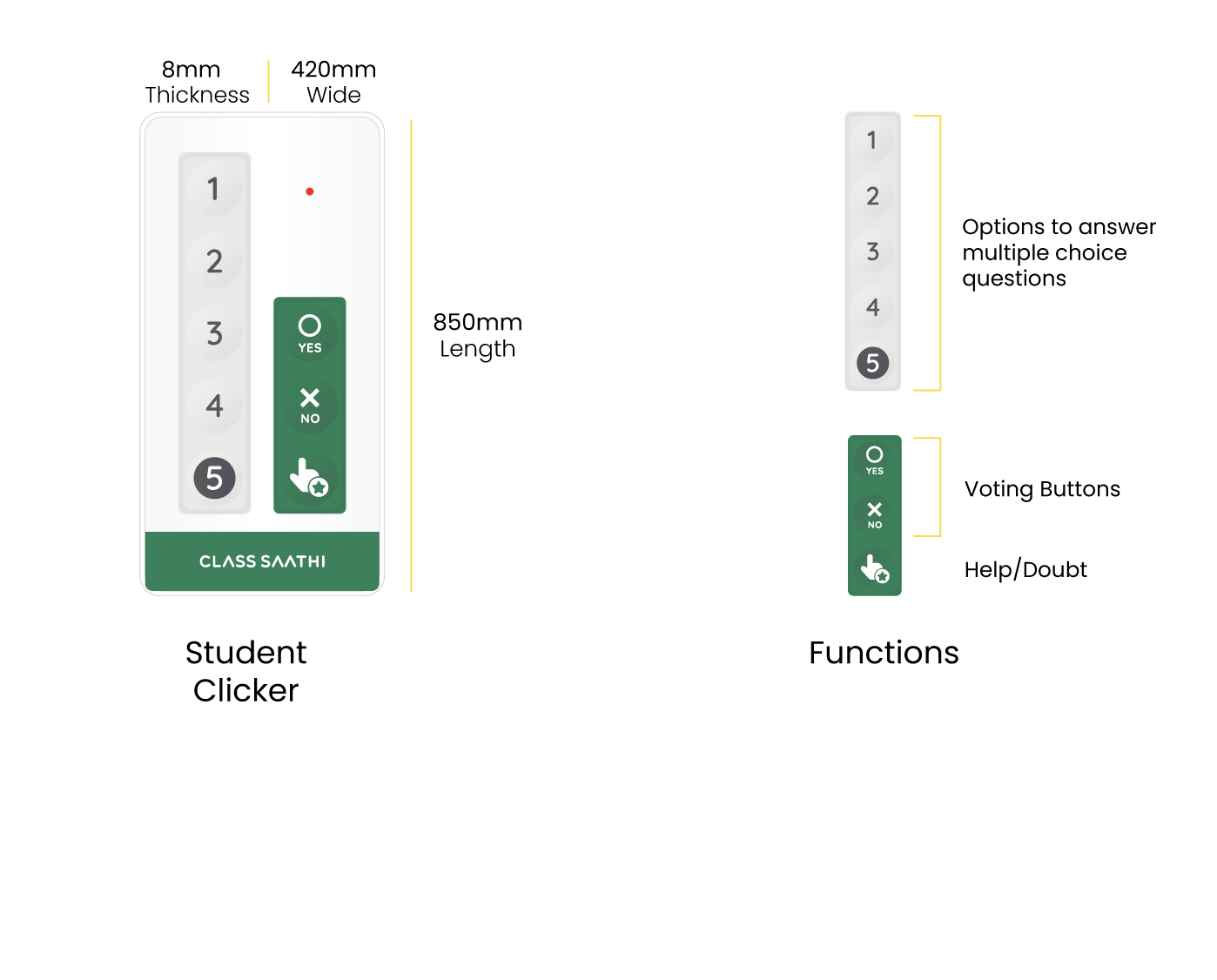In today's fast-paced, technology-driven world, traditional teaching methods are evolving to meet the needs of modern learners. One such innovation that has gained significant popularity in educational institutions worldwide is the "class clicker." This article explores the concept of class clickers, their impact on education, and how they are changing the dynamics of the classroom.
What Are Class Clickers?
Class clickers, also known as classroom response systems or classroom clickers, are handheld devices or software applications that enable students to respond to questions posed by instructors in real-time. These questions can range from multiple-choice quizzes to open-ended queries, allowing educators to gauge student understanding, facilitate discussions, and adjust their teaching accordingly.
The Evolution of Class Clickers
Class clickers have come a long way since their inception. Initially, they were simple handheld devices with numbered buttons. Students would click their answers, and the results would be displayed on the projector screen, providing immediate feedback. Today, they have transitioned into smartphone applications, making them more accessible and cost-effective.

Benefits of Class Clickers in Education
1. Enhanced Engagement
One of the primary advantages of using them is increased student engagement. When learners actively participate by answering questions, they become more invested in the learning process. The anonymity of class clickers can also reduce the fear of embarrassment, encouraging even shy students to participate.
2. Real-Time Assessment
They allow instructors to assess student comprehension instantly. This real-time feedback enables educators to identify areas where students may be struggling and adjust their teaching methods accordingly. It also helps in monitoring overall class progress.
3. Interactive Learning
They promote interactive learning. Educators can use them to facilitate discussions, quizzes, and debates, making the classroom experience more dynamic and participatory. This interactivity fosters critical thinking and communication skills.
4. Data-Driven Insights
The data collected through class clickers can be invaluable for educators and institutions. It provides insights into student performance, which can inform curriculum adjustments, teaching strategies, and resource allocation.
5. Attendance Tracking
Some class clicker systems come equipped with attendance tracking features. This simplifies attendance management for instructors and institutions, reducing administrative workload.

Implementing Class Clickers Effectively
To maximize the benefits of class clickers, educators should consider the following best practices:
1. Clear Objectives
Have a clear understanding of the learning objectives you want to achieve with class clickers. Align your questions and activities with these objectives to ensure meaningful engagement.
2. Varied Question Types
Use a variety of question types, including multiple-choice, true/false, and open-ended questions, to cater to diverse learning styles and assess different levels of understanding.
3. Feedback Loop
Establish a feedback loop by discussing the responses with your students. This can lead to deeper discussions and enhance the learning experience.
4. Accessibility
Ensure that all students can participate by providing options for those without internet or smartphones access. Some systems offer physical clicker devices or allow responses via laptops.
5. Privacy and Anonymity
Emphasize the importance of privacy and anonymity when using them. This will encourage honest responses and open discussions.
Conclusion
Class clickers have emerged as a powerful tool in the modern educational landscape. They promote engagement, facilitate real-time assessment, and foster interactive learning. By implementing best practices and staying attuned to student needs, educators can harness the full potential of class clickers to enhance the learning experience.
As education continues to evolve in the digital age, they represent a valuable asset for educators and institutions alike. Their ability to collect data, promote engagement, and improve teaching methodologies makes them a key player in shaping the future of education.

